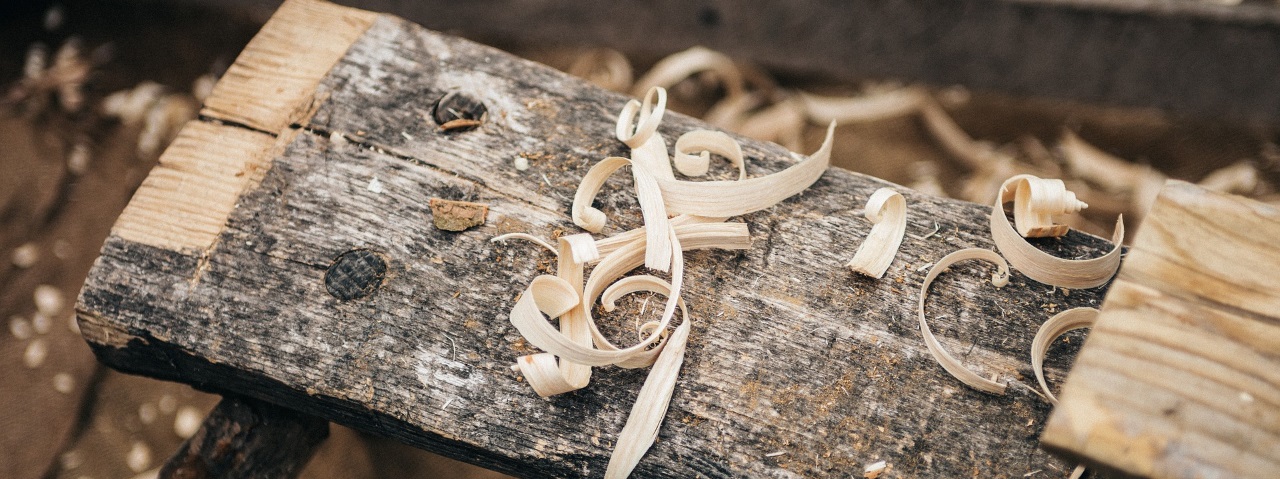Carpenter and Joiner Jobs – Young Jobseeker Info
Carpenter and joiner jobs… did you know?
Carpenters and joiners have skills that go hand-in-hand. They make all kinds of structures out of wood and make sure all the pieces fit together, working on anything from furniture to fittings. Floorboards? Spiral staircases? These are just some of the things they repair and create, using both ancient and modern techniques. You will often find them in a workshop or on a building site.
Industry: Construction
Carpenter and joiner job trends
How much money can you make as a carpenter and joiner?
£16,000 – £40,000 (UK average)
Recent labour market information says you can earn on average between £16,000 and £40,000 a year as a carpenter and joiner in the UK.
Your starting salary can vary because of factors like level of experience, training, location or the size of the company. Your salary as a carpenter and joiner will increase over time as you build skills, knowledge and experience.
What entry qualifications and training do you need for this job?
School, college and training
When you leave school you’ll normally be expected to have at least three GCSEs. Some subjects you’ll find useful over the course of your career include English, maths, science and technology.
Apprenticeships
A number of employers offer carpentry and joinery apprenticeships. An apprenticeship is a way to get an industry-recognised qualification while you’re learning on the job. You will build skills, knowledge, and experience – while getting paid for it.
As an example, you could take on a level 2 or level 3 Apprenticeship in Construction Building (Wood Occupations). This will gain you a recognised level 2 or level 3 qualification.
Construction-based qualifications in Wood Occupations at level 2 can give you qualifications and knowledge of:
- Site carpentry
- Bench joinery
- Structural post and beam carpentry
- Light structural timber framing
- Timber frame erection
- Timber decks and cladding
- Site carpentry
- Architectural joinery
While at school or college, speak to your careers advisor about useful training and/or courses for you to take and find out more about the types of career routes available.
Career progression and further qualifications
With time and experience, you could progress from carpentry and joinery into becoming a project manager or team leader You could also move into areas like construction estimating or contracts managements.
You could also specialise in an area of work you’re interested in, like restoring heritage woodwork or building stage sets for theatres.
Finally, you could set up your own business.
What experience do you need for site management jobs?
Work experience
To become a carpenter and joiner you’ll need previous experience of working with wood in a workshop or construction site.
You will need a Construction Skills Certification Scheme (CSCS) card to be able to work on a construction site.
Aim to get construction and woodwork experience to build your CV as early as you can. This can involve:
- Work shadowing (even if it’s just for a day)
- Work placements in a company
Volunteering
Ask any friends or family in the building trade if you can help them out on wood-based construction projects to get a feel for the work and materials involved.
Look for volunteering opportunities that involve construction and woodwork – like renovating furniture in a community youth club. See if you can get experience using both power tools and handheld tools, if using them meets safety regulations.
What skills do you need for carpenter and joiner jobs?
Useful skills to highlight to your employer when applying for jobs as a carpenter and joiner include:
- Being able to work with handheld and power tools
- Accurately following plans and technical drawings
- Being able to pay close attention to detail
- Number skills so you can make accurate measurements
Vocational qualifications and work experience will help you build these skills over time.
What does a carpenter and joiner do?
Knowing a little more about carpentry and joinery will help you show employers that you understand what this job is about. It can also help you decide if it’s right for you.
Your work can be seasonal, with shorter hours or less work in winter but more work when the seasonal weather is good. Because you need daylight hours to work, you’ll sometimes get early starts and may be working on some weekends, too.
There are a few different types of carpenter and joiner so you can specialise and grow your skills in several areas.
Example job responsibilities:
- Working in a workshop to make shape timber and make parts like doors, skirting boards and staircases (bench joiner)
- Working on a construction site to put pre-made parts together and help a building come to life. You might be fitting floorboards, putting door frames and window frames into place, or installing shelving and skirting boards (site carpenter or fixer)
- Creating shop front and interiors and fitting them into place for offices, restaurants, hotels and other buildings (shopfitter)
- Making moulds to create concrete structures like pillars for bridges, motorways and more (formwork carpenter)
Your first steps into carpenter and joiner jobs
To find jobs for young people in this role, search on job boards for carpenter and joiner positions with words like these in the title:
- Apprentice joiner, carpenter or cabinet maker
- Carpentry apprentice
- Learning technician – carpentry and joinery
- Trainee carpenter and joiner
Useful organisations and links
- Go Construct - see more info on how to become a carpenter and joiner, and discover other careers in construction.
- Chartered Institute of Building (CIOB) – Find out about Construction qualifications
Construction Career Guides
View job descriptions with average UK salary, useful qualifications and a variety of routes into this career.
Construction Career Tips & Opportunities
YES! I Want More Free Careers Help...
So what are you waiting for? Grab your future.
























